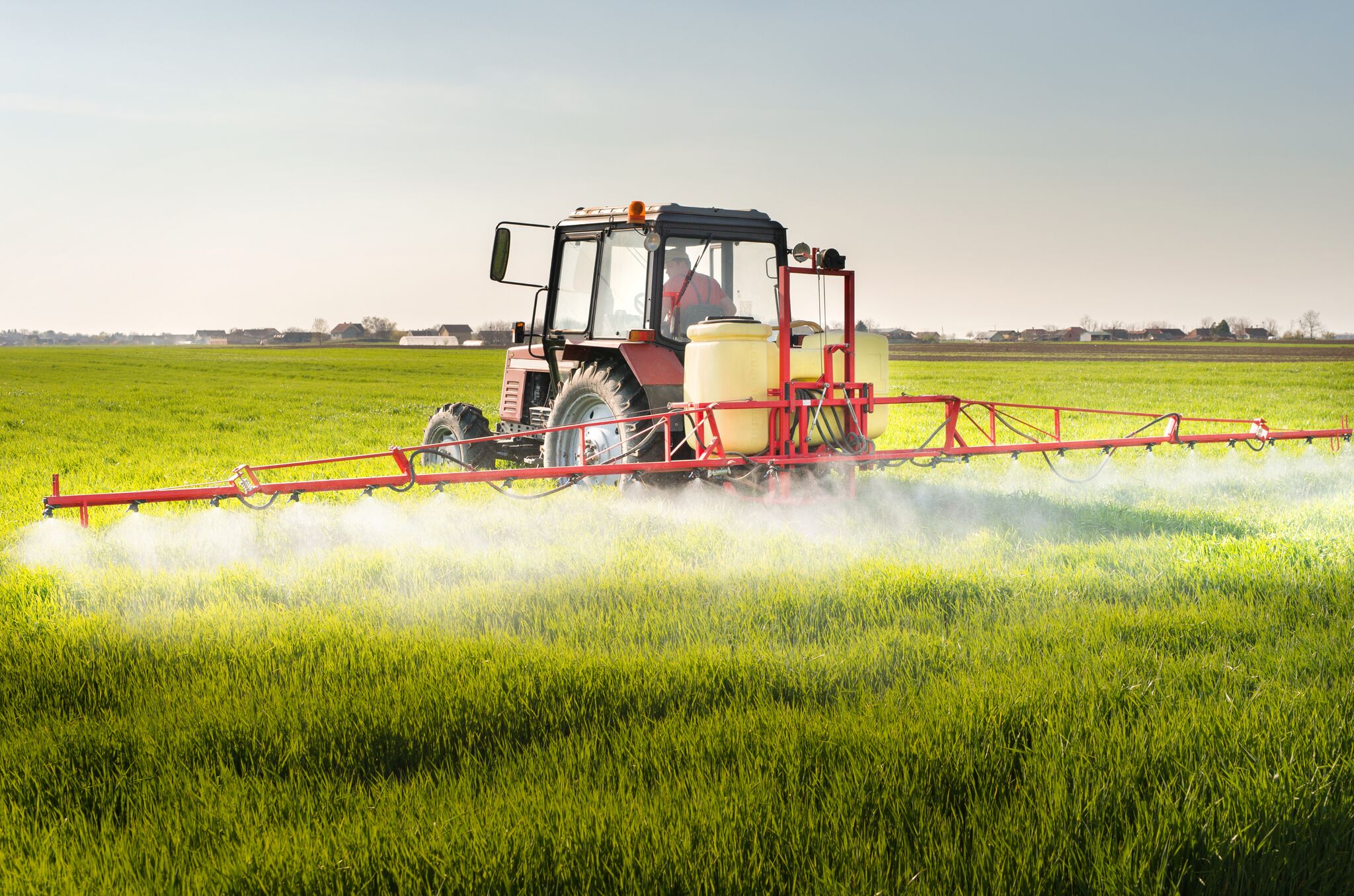Spray hay preservatives are utilized to allow a person to start baling earlier, at moisture levels around 30%. This inhibits mold growth while the hay proceeds to heal (moisture content diminishing ) after baling.
The moisture content of hay is tracked before baling. With too little moisture, hay gets fragile, loses nutritional value, and could become unpalatable. For more information about hay preservatives cost you can visit https://www.feedworks.com.au/how-much-do-hay-preservatives-cost/.

Image Source: Google
Some common components used in hay compounds are:
-Ammonium Propionate & Propionic Acid (more sterile ) are organic acids and also the most popular key ingredients in hay additives. Propionic acid was 1st enrolled as a pesticide in the early 1971's.
– Propylene Glycol can reduce the freezing point of water and is also employed as aircraft de-icing liquid but is categorized by the U. S. Food and Drug Administration as"generally recognized as safe" (GRAS) for use as a direct food additive
– Ammonium Hydroxide is a colorless liquid chemical alternative. It creates when ammonia dissolves in water and can be found in many industrial products and cleansers. A number of them are brick cleaners, and flooring strippers, cement. Ammonium hydroxide is noxious.
FDA regulations stipulate ammonium hydroxide as secure ("generally recognized as safe" or GRAS) at particular levels. Possible side reactions are skin irritation, severe eye irritation, and respiratory irritation.
– Food Dyes: are generally added to hay preservatives to provide a fresh green look and enhance marketability. All these are carcinogenic.
